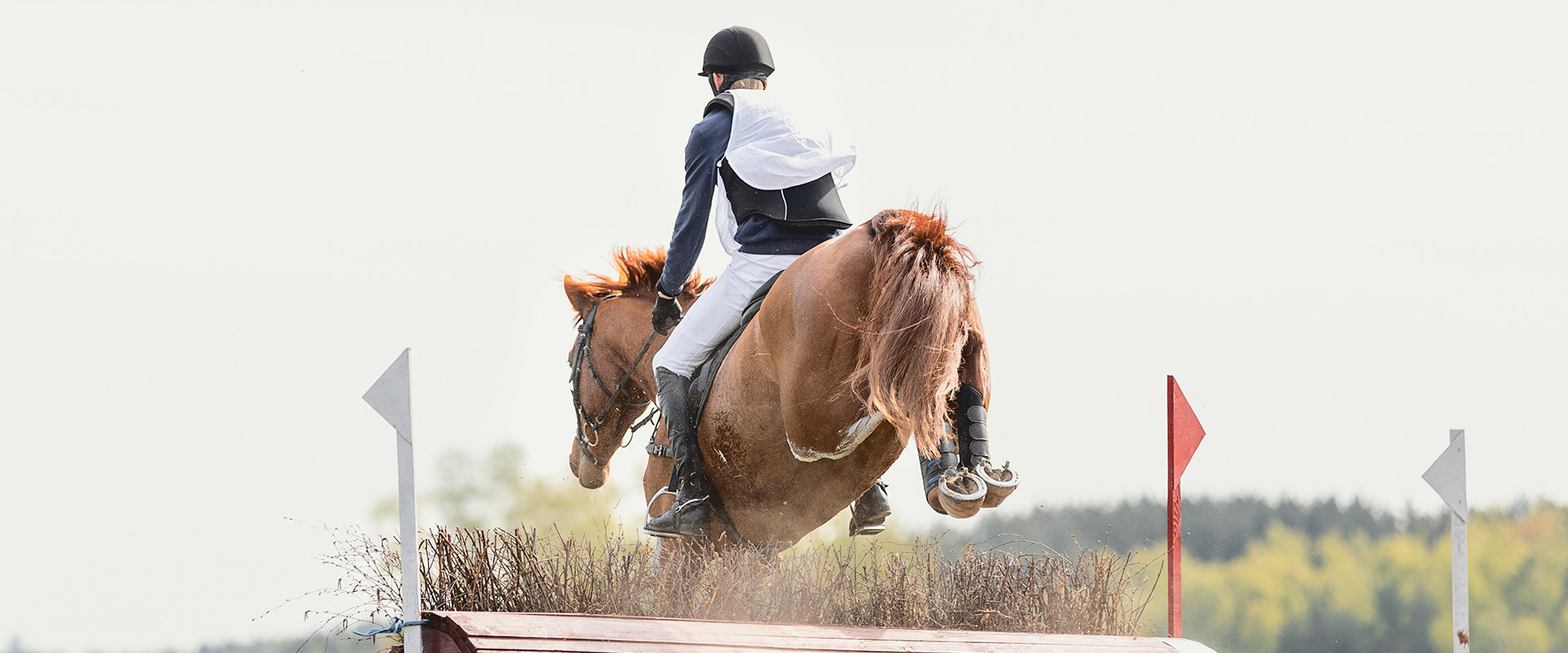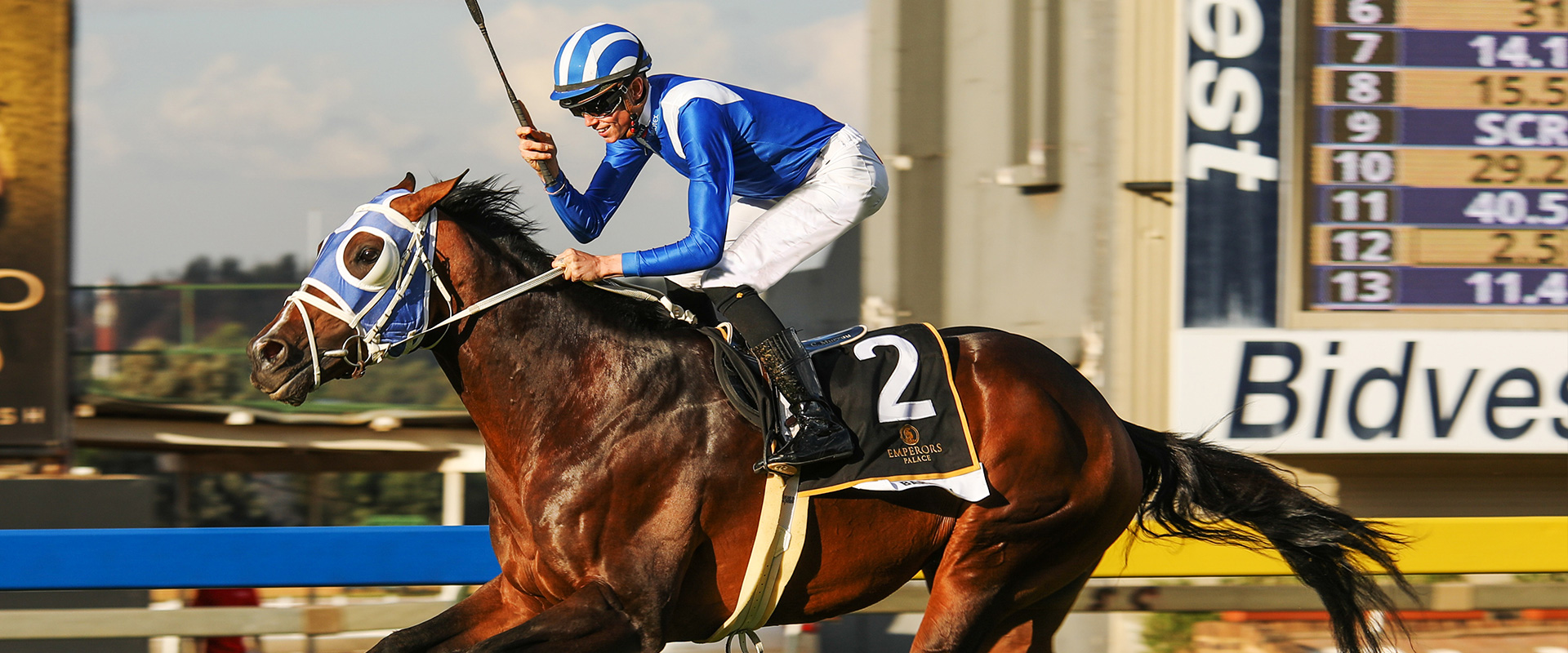Just as feeding and grooming are part of your daily horse care routine so should checking your horse’s vital signs to ensure he is well be. Some horse owners have no knowledge of how to perform the most basic examinations on their animals. Owning a horse is a wonderful experience, but it also comes with responsibility. All horse owners should know the basics of a physical examination— what the normal temperature, pulse, and respiration parameters are for a horse and how to take them correctly. By being able to relay this basic information to the veterinarian we can aid a practitioner in determining just how serious the problem is and how quickly the veterinarian needs to respond. It also allows the owner/manager to make an informed decision on when exactly to call the vet avoiding unnecessary call outs. This article in no way suggests that the owner’s or caretaker’s basic physical examination takes the place of a veterinarian’s examination. It is a suggestion that being familiar with these techniques can assist in identifying a problem and being able to relay the information to your veterinarian can save time and, potentially, a horse’s life.
Necessary supplies
To perform a basic physical examination, it will help to have a few supplies—a thermometer, a stethoscope, and a watch with a second hand. Most people prefer digital thermometers because the time for a reading is much less. It is probably kinder, and possibly safer, to use the soft digital ones rather than the rigid glass types. The stethoscope is an instrument that magnifies sound. This will allow you to hear the heart beating clearly and better distinguish the sounds of breathing. There are many different types of stethoscopes, but for your purposes, a very inexpensive one is all that’s needed. If a stethoscope is not available then you can still record your horse’s pulse and respiration as discussed below.
The Power of Observation
A great deal can be learned by observing posture, attitude, and the environment. Most of the time learning to be more observant merely entails learning what to watch out for—patterns of lying down to rest, normal responses to exercise, normal appetite, etc. Observation from outside the stall or paddock can give valuable information. For example, did the horse eat or drink last night, how many piles of manure were passed, is the pain mild (flank watching) or are there paw marks and evidence of rolling in the stall or on the horse? These references can help determine what is normal or abnormal behaviour. And, by making observations every day, this can become an almost unconscious part of your daily examination, which can help alert you to a potential problem.
The Basic Examination
After observing your horse, you may determine that he is not well or is injured. If the injury/illness is mild (small wound, mild colic), perform your basic physical examination first before calling your veterinarian. Obviously if the horse is in severe pain (thrashing, rolling, or severely bleeding), call your veterinarian first.
Rectal Temperature
The rectal temperature can be taken easily on most horses. Approach the horse from the side—do not stand directly behind the horse to avoid a kick—shake the thermometer down if using a mercury type. Place a small amount of lubrication (petroleum jelly or KY Jelly) on the thermometer; then insert it gently into the rectum. Ensure the thermometer is tied to a clip and attached to the tail to avoid losing it in the stall (or in the horse). The normal rectal temperature of a horse is 37.5-38.6° c (A neonatal foal’s normal temperature is between 37.8 – 38.9 °c). Hypothermia (low body temperature) is very dangerous for foals, so keep them warm if their temperature is below normal and you’re waiting for your veterinarian. A fever indicates some type of severe stress, often infection, somewhere in the body.
Pulse and Respiration
The heart rate (pulse) and respiratory rate can be taken without a stethoscope if none is unavailable. The stethoscope just makes it much easier. The pulse can be taken from the lingual artery, which is on the bottom side of the jaw, where it crosses over the bone. The pulse can be taken for 15 seconds, then multiplied by four to achieve the heart rate in beats/minute. If a stethoscope is available, then listening to the heart is easiest on the left side of the horse, just behind the elbow. Each “lub-dub” of the heart is considered one beat. The normal heart rate for a horse is 24- 44 beats per minute (bpm). The heart rate for foals varies depending on age. Newborn foals have a heart rate of around 80 bpm. Foals within the first few weeks of life have heart rates which vary between 70-100 bpm.
The respiratory rate can be taken by watching the horse breathe or feeling the air come out of his nostrils. The “character” of respiration should be noted. Is the horse taking shallow or deep breaths? Are there abnormal sounds associated with the breathing? The normal respiratory rate for adult horses is eight to 12 breaths/minute. Newborn foals have respiratory rates that are quite high, ranging from 60-80 breaths per minute. Foals within the first weeks of life have resting respiratory rates from 20-40 breaths per minute. Remember that if a horse or foal becomes excited for any reason during an examination, this can elevate the heart and respiratory rate temporarily so always try to carry out the exam in a quiet area.
Mucous Membranes
Another indicator of wellness is the colour of the mucous membranes or gums. Healthy horses have nice pink gums that are moist to the touch. Capillary refill time also can be performed while looking at your horse’s gums. Press your finger on the gum, then release—the time it takes for the area to turn from white (where you pressed out the blood) back to pink is the capillary refill time. It should be around two seconds. Gums that are dark red, bright or brick red, blue, or even white with a prolonged capillary refill time, usually indicate one of the various forms of shock. Your veterinarian should be summoned immediately.
Gut sounds
Listening for these sounds help to assess intestinal function. Sounds will reduce during disturbances such as colic. Normal sounds should be a mix of gurgling, growling, and tinkling gas sounds. Horses exhibit increased gut sounds while eating and reduced sounds when stressed or fasting.
Digital Pulse and Hoof Wall Temperature
The DP can indicate inflammation in the feet. Feel for a pulse in the arteries located at the back of the fetlock; you should not be able to feel a bounding or throbbing pulse in a normal resting horse. Exercise makes this pulse more detectable, whereas excess hair and tissue make it more difficult to detect. Hoof wall temperature also indicates hoof inflammation. Use your hands to feel the temperature of the hoof wall, which should be cool, not hot. A horse’s hooves can vary in temperature, however, and exercise and sunlight cause natural warming.
Daily roughage Intake
In all horses this should never fall below 1.5% of body weight per day. Roughage is a vital health component as it helps to maintain a happy gut as well as providing vital nutrients. If hay is in short supply look for roughage alternatives such as fibre cubes, chaffs, or even beet style products.
Daily water intake
For the average horse this should be approximately 7-8 litres per 100kg of body weight, so around 35-40 litres for the average 500kg horse. Normal body functions require a good water intake, and this amount will increase if environmental temperature rises and/or the horse exercise increases.
Daily urine volume and colour
This should be around 8-9 litres in the average 500kg horse. Normal urine amount along with normal water intake usually means the horse is hydrated and the kidneys are functioning. Water intake affects urine output so note any changes in intake as well. Normal horse urine appears colourless, yellow or even cloudy yellow as it is voided. The colour and cloudiness change as the bladder is fully emptied. If the urine appears a red, brown or orange colour, as it is being passed, that can indicate a significant problem.
Skin Pinch test
Indicates hydration. If you pinch a fold of skin on the point of shoulder, it should snap back within one second. The longer the skin takes to snap back, the less hydrated the horse. Foals tend to have slower skin pinch returns, however, and there are differences among breeds and individuals.
How to Use Your Information
It is always recommend that you examine your horse when he is healthy to establish a baseline of normal parameters. Recording the normal temperature, heart rate, and respiratory rate for your horse allows you to inform your veterinarian about what is normal for your horse as opposed to the horse’s physical parameters when he becomes sick.
The Equus Horse Health and Well being Checklist can be seen below or via PDF in our Useful Charts and Downloads section





